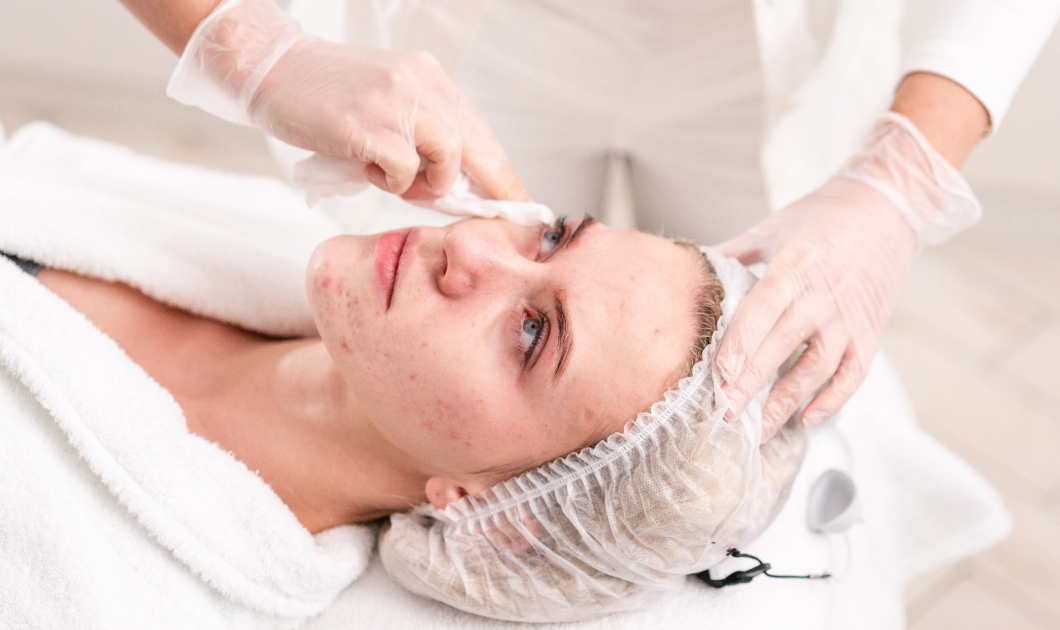- Home
- About
- Services
- Hair Treatment
- Body Treatments
- Spider Vein Treatment
- Face Treatments
- BOTOX
- Carbon Laser Face
- Chemical Peel
- Dermal fillers face
- Eye brow tatoo removal
- Facial rejuventation
- Fractional Laser
- Gloden stamp Facial
- Hydrafacial
- Laser hair removal
- Lip blush
- Mesotherapy hair
- Oxyegeon Facial
- Red carpet Facial
- Photodynamic rejuventation
- RF microneddling
- Thread lift
- Vampire Facial
- Yellow Peel face
- Semi permanent makeup
- Appointment
- Contact
- Home
- About
- Services
- Hair Treatment
- Body Treatments
- Spider Vein Treatment
- Face Treatments
- BOTOX
- Carbon Laser Face
- Chemical Peel
- Dermal fillers face
- Eye brow tatoo removal
- Facial rejuventation
- Fractional Laser
- Gloden stamp Facial
- Hydrafacial
- Laser hair removal
- Lip blush
- Mesotherapy hair
- Oxyegeon Facial
- Red carpet Facial
- Photodynamic rejuventation
- RF microneddling
- Thread lift
- Vampire Facial
- Yellow Peel face
- Semi permanent makeup
- Appointment
- Contact
- ACNE TREATMENT
- Carbon Laser Face
- Back Facial
- Body Fillers
- Ombre brows
- Chemical Peel
- Fat Dissolving Injections
- Fractional Laser
- Hand Rejuvenation
- Lymphatic Drainage
- BOTOX
- Neck Rejuvenation
- Non Surgical Body Contouring
- RF Microneedling
- Skin Brightening
- Spider Vein Treatment
- Tattoo Removal
- Underarm Facial
- Chemical Peel
- Dermal fillers face
- Eye brow tatoo removal
- Facial rejuventation
- Fractional laser
- Gloden stamp Facial
- Hydrafacial
- Laser hair removal
- Lip fillers
- Microdermabasion
- Oxyegeon Facial
- Photodynamic rejuventation
- Red carpet Facial
- RF microneddling
- Thread lift
- Vampire Facial
- Yellow Peel face
- Exosome Hair
- IV Therapy hair
- Mesotherapy hair
- Axillary hyperhidrosis
- PRP hair
- Scalp facial
- Lip blush
- Lips neutralisation
- Microblading
- MELASMA TREATMENT
- ANTI AGING SURGERY
- NAIL TREATMENT
- WART REMOVAL
- SKIN TREATMENT
CONTACT US
- (000) 123-456-789
- 4128 Franklin St, California(CA), 95350
- sirpi@example.com

A chemical peel is a popular cosmetic procedure designed to improve the appearance of the skin by applying a chemical solution that exfoliates the outer layers. This treatment can address a range of skin concerns, including fine lines, wrinkles, acne scars, uneven skin tone, and sun damage. Here’s a comprehensive guide to understanding chemical peels:
What is a Chemical Peel?
A chemical peel involves the application of a chemical solution to the skin, which causes the top layers to exfoliate and eventually peel off. The skin that regenerates is usually smoother and more youthful-looking. There are different types of chemical peels, classified by the depth of penetration:
- Superficial Peels: These peels target the outermost layer of the skin (epidermis). They are typically mild and involve alpha hydroxy acids (AHAs) such as glycolic acid or lactic acid. They are used for improving skin texture and tone with minimal downtime.
- Medium Peels: These peels penetrate the middle layer of the skin (dermis) and often use trichloroacetic acid (TCA) or glycolic acid. They can treat more significant skin concerns, such as moderate wrinkles and acne scars.
- Deep Peels: These peels reach the deeper layers of the skin and use stronger acids, like phenol or higher concentrations of TCA. They are used for severe skin issues and can provide dramatic results but also involve longer recovery times.
Procedure
- Consultation: During your initial consultation, our skincare professional will evaluate your skin type and concerns to recommend the most appropriate type of peel and discuss the expected outcomes.
- Preparation: The treatment area is cleansed, and a protective ointment may be applied. For deeper peels, you might be given a sedative or local anesthesia to minimize discomfort.
- Application: The chemical solution is applied to the skin. Depending on the type of peel, it might be left on for a few minutes to an hour. During the application, you may experience a tingling or burning sensation.
- Neutralization: For some peels, the solution is neutralized with water or a special neutralizing agent. This step stops the chemical reaction and ensures that the peel does not go deeper than intended.
- Post-Treatment Care: After the peel, your skin may be treated with soothing ointments or moisturizers. You’ll receive aftercare instructions to follow, including recommendations for sun protection and skin hydration.
Benefits
Topical Treatments
- Improves Skin Texture: Enhances the smoothness and softness of the skin by removing dead cells and stimulating cell turnover.
- Reduces Fine Lines and Wrinkles: Helps to diminish the appearance of fine lines and wrinkles, especially with medium and deep peels.

Before



